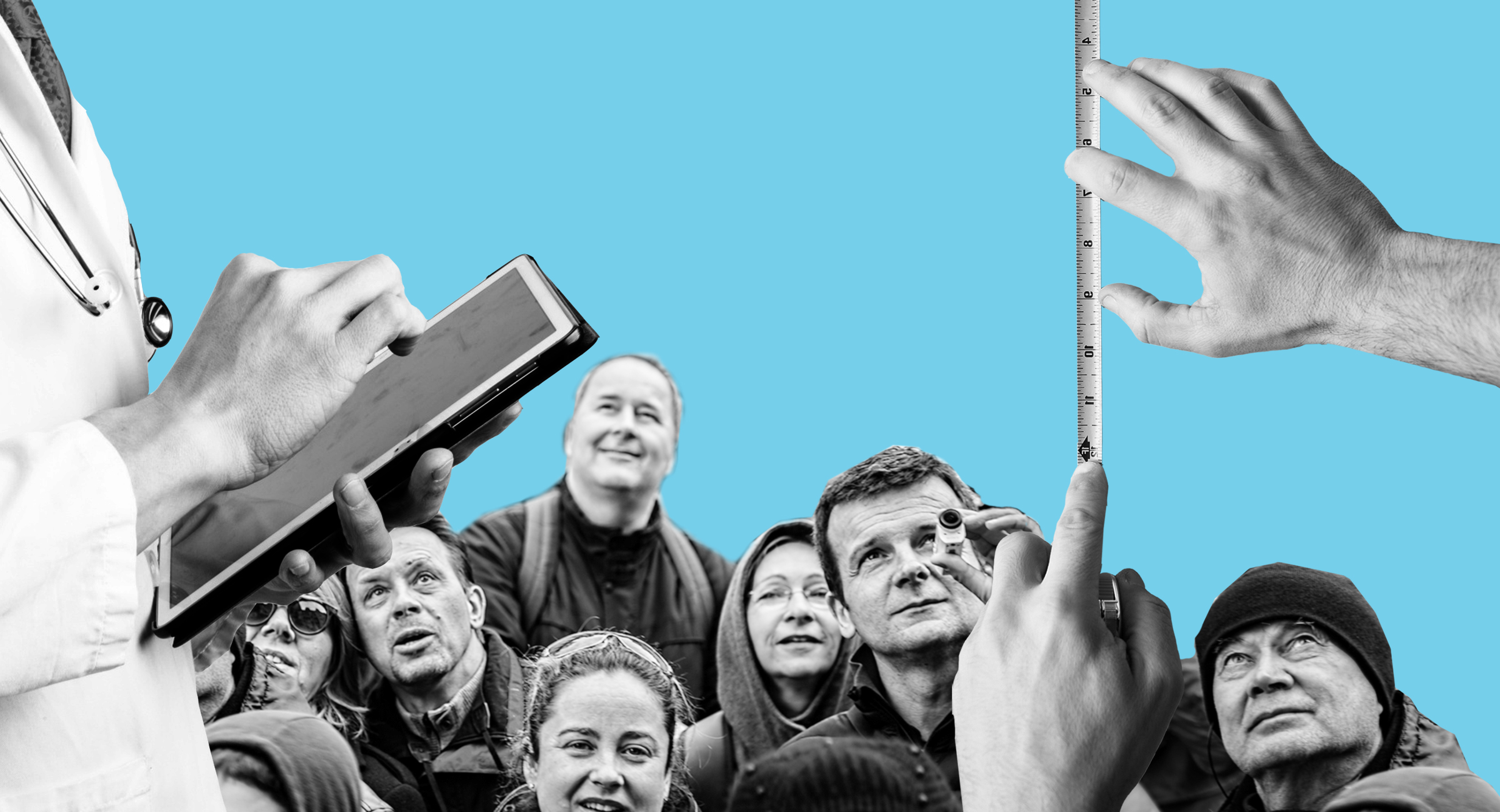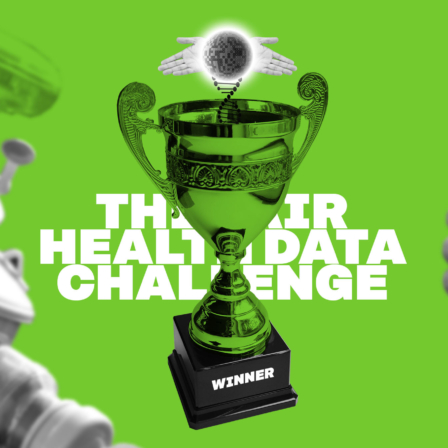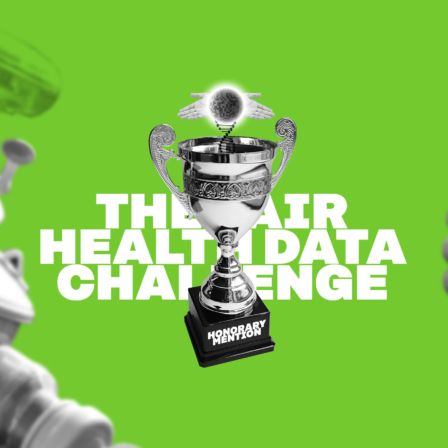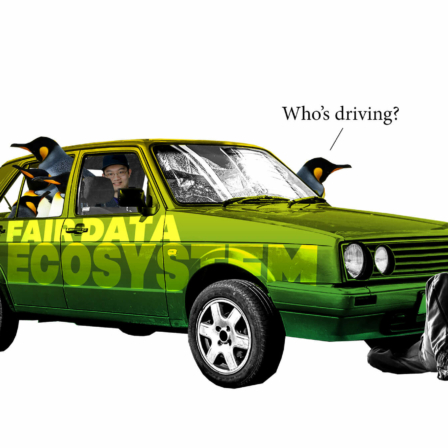A major initiative to improve the transparency and customer-oriented nature of social welfare and healthcare – perhaps one of the most ambitious projects ever in Finland – will move to a new phase this autumn.
The project in question is the new social welfare and healthcare reporting model – a system of information packs on health and social services – which Sitra and the Ministry of Social Affairs and Health have developed together with hundreds of experts.
Development work on the information packs has taken more than three years. The lessons learned and experiences gained over this time have been collected into one entity, which includes the and the more detailed description of the work done on the information pack , a detailed document specifying the information pack’s targeting and calculation regulations.
The road map includes the lessons learned and the insights gained by the regions taking part in the testing, and it functions as a tool that will also help those regions that did not take part in the testing adopt the information packs on health and social services. According to made by Minister Juha Rehula in summer 2015, a national model for reporting on social welfare and healthcare will be adopted sometime during 2019.
The road map for the adoption of information packs on health and social services was viewed for the first time at the autumn 2017 Kuntamarkkinat event, and after this it can be downloaded by the general public from the Sitra website.
Sitra’s most extensive pilot ever demonstrates the pitfalls and benefits of information production in the development of health and social services
It is much easier to say that social welfare and healthcare is a mismatched patchwork than to do something about it.
Now, something has been done.
Over a period of three years, a countless number of professionals, who view social welfare and healthcare from different perspectives, have taken part in the planning, , further development and testing of the information packs on health and social services. The has also applied to a large portion of Finland’s population. This is the most extensive piloting project in Sitra’s history.
The piloting and testing of the information packs has produced brand new data in many respects, including such things as the customer numbers and costs for various service entities. The ability to compare information has made it possible for the first time ever to compare cost data between service entities in different municipalities and regions, such as services for the elderly, children, young people or families, and by area.
The information packs for health and social services are a tool for reporting and information management, especially for service providers. These do not concern the organisation of service provision.
In addition to other results, the development of information packs has also established a view on the standard of information production by health and social services in regions and municipalities, and their areas of development, as well as on what types of resources and expertise will be needed for the adoption of information packs on health and social services.
At the same time, new methods for integrating the information packs as part of the region’s information management have been developed.
Homogeneous development is crucial for comparability and for the realisation of social welfare and healthcare services that are capable of renewal
Regions that have participated in testing have highlighted in particular the importance of the homogeneous development of the social welfare and healthcare information pack model, in order to ensure that nationally homogeneous and comparable information production remains possible and is also realised in practice.
Another important area of development that has been observed is the recognition and dissemination of good practices both regionally and nationally. However, this will require a change in work and operating practices with regard to information dissemination; it must be more open across organisational boundaries.
In addition, operating models must be built continuously for the maintenance of data, so that social welfare and healthcare services can develop sustainably instead of through one-off reforms.
In the near future, the differences between those who are capable of reform and those who remain static are likely to grow even quicker. This also applies to Finnish social welfare and healthcare.
The social welfare and healthcare information packs have been developed so that the opportunities afforded by information-based management can serve the health and well-being of Finnish people as effectively – and cost-effectively – as possible in our rapidly changing country and world (in Finnish).



















Recommended
Have some more.